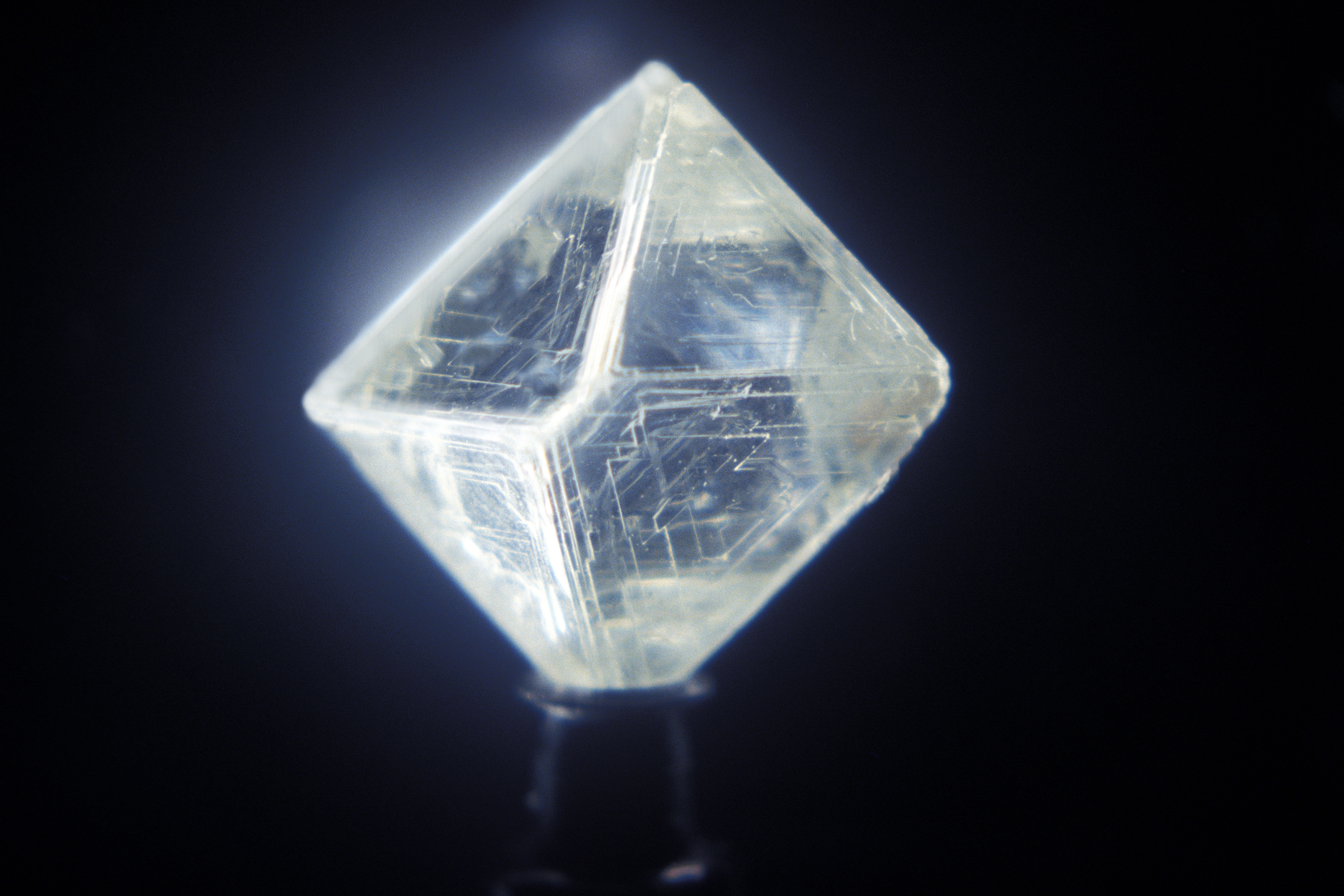It’s diamonds all the way down. That’s according to new research suggesting more than a quadrillion tons of diamond are nestled within the Earth’s interior—1000 times more than previously thought.
A study published on Monday estimates that one to two percent of “craton roots” contain the glittery stuff, approximately 90 to 150 miles beneath the Earth’s surface. These roots are the deepest sections of “cratons,” which are rock layers extending upwards of 200 miles through the Earth’s crust and mantle.
The estimate is that “there is much more diamond there than we have ever thought before,” Ulrich Faul, co-author and research scientist at MIT’s Department of Earth, Atmospheric, and Planetary Sciences, told MIT News.
The team looked at decades of global seismic data from the US Geological Survey. For years, seismic receivers have been collecting sound wave data—caused by earthquakes, tsunamis, and other phenomena—noting their speeds and intensities, MIT News reports. From this data, seismologists can map the origin point of an earthquake. They can also chart virtual maps of the Earth’s interior by analyzing the speed at which sound waves move through it. Different speeds relate to varying densities, temperatures, and rock compositions, which is how scientists determined that Earth possesses a liquid core, Discover Magazine notes.
But it was an anomaly that caught the team’s attention. Basically, that sound waves have a habit of speeding up when traveling through craton roots.
“The velocities that are measured are faster than what we think we can reproduce with reasonable assumptions about what is there,” Faul told MIT News. “Then we have to say, ‘There is a problem.’ That’s how this project started.”
After generating a 3D model of this scenario, the team virtually compiled rocks to test how sound waves would move through them. According to the study, rock containing 1 to 2 percent diamond (in addition to peridotite and eclogite) produced a match. “Cratons are a tiny bit less dense than their surroundings,” Faul explained. “So we found that you just need [this percentage] for cratons to be stable and not sink.”
This theory would also make sense, as diamonds are naturally formed by the conditions present in craton roots.
Faul called the results “circumstantial evidence,” but described them as the only logical conclusion to the various possibilities they tested.
The study was published in the journal Geochemistry, Geophysics, Geosystems, and led by Joshua Garber, an earth science professor at the University of California, Santa Barbara.

















![[N] SenseTime (Hong Kong-based CV startup) is now worth $3bn, the most valuable AI startup in the world. [N] SenseTime (Hong Kong-based CV startup) is now worth $3bn, the most valuable AI startup in the world.](https://a.thumbs.redditmedia.com/dy02TMhWirzD0cevaz3MfPLm7GxO6CsW6z4KKxuJRi8.jpg)
